Mayor Lee Brand, Craig Scharton share ideas, strategies, state of Fresno homelessness
Journalist Kyler Garza, ‘21, undertakes a Fresno issue previously covered by Sam Cross, ‘19. He looks to explore the issue with leaders and citizens of Fresno, discovering driving factors and solutions to homelessness in the city. Garza hopes to promote and establish a platform of dialogue in the articles he writes.
An eviction forces mother and her child to fall on hard times. Individuals struggling with addiction find themselves on the street. In a bleak economic downturn, a man looks for work, but finds his efforts fruitless. Many cities struggles with poverty and homelessness as some citizens endure hardship.
Throughout many cities, homelessness has become a predominant crisis in the community, struggling to find solution. Within the span of ten years, Fresno’s homeless population has gone down from 4,000 to 1,700, according to Fresno Mayor Lee Brand.
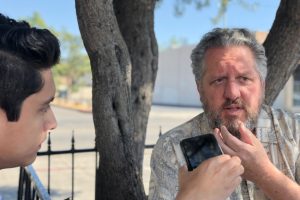
As of January 2018, California had an estimated 129,972 experiencing homelessness, according to Continuums of Care to the U.S. Department of Housing and Urban Development (HUD).
In the Fresno area, there are about 1,700 people who are homeless, according to the latest Point in Time count conducted by the The Fresno Madera Continuum of Care (FMCoC).
Many cities struggles with poverty and homelessness. With legislation looking to improve the situation, Mayor Lee Brand sees a decrease in Fresno homelessness in the last decade.
“When I started in 2009 on the (City of Fresno) council, there was a major encampment downtown it was something like 4,000 homeless in the encampment,” Brand said. “With the ten-year plan with (former Mayor Ashley) Swearengin the past ten years, it dropped with the majority of 1,700-1,800. So on the comparative basis, Fresno has one of the lowest homeless populations compared to cities like San Francisco and Los Angeles. Sacramento, which is actually a little smaller than Fresno, has a homeless population with about double the size of Fresno.”
With productive results, Fresno city legislators push toward housing the homeless to drop the number of people living on the streets.
Former interim CEO of the downtown Fresno Partnership and now client associate, Craig Scharton, believes the ten-year plan helped bring down the homeless population.
“We had about 3,000 homeless neighbors drop down to about 1,500 because we built a lot of homeless housing,” Scharton continued. “The former mayor (Mayor Swearengin) used the money to get homeless people free housing for a year in apartments and, as we were doing that, we actually saw it was having a big effect; but now it’s starting to creep back up again.”
A total of 552,830 people experienced homelessness in 2018. This number represents 17 out of every 10,000 people in the United States who experienced homelessness.
Sam Cross, ’19, and Kyler Garza, ’21, interview client associate Craig Scharton on downtown revitalization impact on homelessness in the Revue Cafe in Fresno’s Tower District, April 18.
Mayor Brand believes the City of Fresno may not end the problem, but can make an impact by addressing and confronting the nationwide issue.
“This is a challenge everywhere in the state of California and nationally,” Brand said. “California houses half the unsheltered population of the United States and on the comparative basis like Los Angeles and other areas almost like it an apocalyptic world with all the homeless and the tattered dwellings and tents. So I think we’re doing a lot better, we have a long way to go like all cities, I don’t think you will be able to solve the homeless problem, but I think we can make a substantial difference.”
Garza and Cross speak to Mayor Brand regarding homelessness in a Fresno City Hall conference room, April 18.
Back in 2017, the Fulton District and street opened to the public, signaling a shift to revitalize the downtown Fresno area. Former interim CEO of the downtown Fresno Partnership and now client associate for California Manufacturing Technology Consulting, Craig Scharton, focuses his efforts on the area’s revitalization.
“As downtown revitalizes, it starts to become the magnetic center of our community again,” Scharton said. “Right now the magnetic center for foot traffic, activity, fun and movie theaters, Riverpark has all of that. It’s pulled the magnetic center to the north (Fresno). As you revitalize the downtown, you bring that center back to where it should be in a community.”
According to Scharton, the homeless individuals in the Fulton District area have not been impacted by recent renovations. However, as the area becomes more popular, he recognizes a possible increase in panhandling.
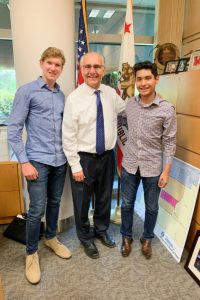
“We need to help our homeless neighbors and we have to make sure the homeless problem is not affecting neighborhoods or business neighborhoods,” Scharton said. “As much as we want to help, we can’t just have homeless people live in areas we are trying to fix or affect the people living in south Fresno.
Scharton considers the challenges homelessness brings to the area’s restoration. For him, a struggle lies in the need to help homeless individuals, but also enforce policies that promote growth.
“You need solutions on the one hand,” Scharton continued. “On the other hand, you have to be strict and say no you are not going to sleep in doorways and urinate or defecate where we want people to be shopping. It’s complicated but its one of the things where you need to stay on it.”
He sees a need for more mental health institutions to assist individuals with cognitive disabilities and addictions.
“We need to have really high quality mental health facilities for people who can’t take care of themselves can go in and get the care that they need for the amount of time that they need,” Scharton said. “Right now, we can have a person with a mental health crisis with just drugs or mental health problem or both and we throw them in a program for three days and they continually get kicked out. It doesn’t help them or the community.”
A high percentage of homeless individuals struggle with substance abuse. Homelessness caused by drugs and alcohol causes a major problem for many U.S. cities, according to the National Coalition for the Homeless.
Fresno Mayor Lee Brand shares local nonprofits positively impacting the homeless.
Fresno mayor @MayorLeeBrand discusses different organizations looking to help the homeless of Fresno with journalist Kyler Garza, ‘21. #thefeather @PoverelloHouse @CityofFresno pic.twitter.com/G4MAaDSUmk
— The Feather Online (@thefeather) April 18, 2019
The Substance Abuse and Mental Health Services Administration estimates that 38% of homeless people have an alcohol addiction, while another 26% are addicted to drugs.
Mayor Brand has personally dealt with homelessness, with his daughter Charity Brand living homeless for two to three years. Through that time, he learned how to successfully handle the challenge.
“In my case my oldest daughter, Charity, when on the streets for two or three years as a homeless person,” Brand said. “We raised her daughter Kylie and we always allowed her to see Kylie under supervised conditions. It was her goal to pick herself up when she was at the bottom and she moved to Indiana became drug-free. She is now engaged and has a job at the Honda plant and a career. I like to see more cases like that.”
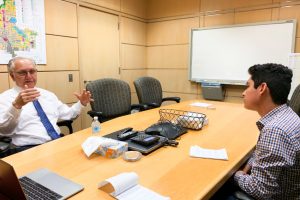
Nonprofits seek to help the homeless in the community. Organizations like The Rescue Mission, the Poverello House, Catholic Charities Diocese of Fresno, the Marjaree Mason Center, West Care and Angels of Grace offer futures of hope for those overcoming life struggles.
Progressing further into his term, Mayor Brand continues to provide opportunities for the homeless of Fresno.
“We are at the point of time now where the money has been received by the State of California and has been debated by the city council,” Brand said. “So the next step is called the ‘request proposal or qualifications’ by the city of our services we’re providing and the continûment of the county and their services, and it should be done in a couple months.”
In December 2018, the Fresno Bee published an article reporting on the homeless housing crisis. City legislators look to continue to push forward to provide more housing for individuals living homeless.
“Then hopefully,” Brand continued, “We will be opening up some shelters with 100-plus beds and some other types of services all to be determined based on who we select as our vendors (organizations to work with). We really start to tackle this problem head on.”
Check back on Feather social media accounts in the coming weeks for part two of Garza’s look into Fresno homelessness.
For more coverage of homelessness on The Feather, read, Fresno residents reflect on homeless crisis, pt. 1 and Fresno residents reflect on homeless crisis, pt. 2. For more on downtown revitalization, read Fulton District undergoes renovations, restorations to historic area.
The Feather Online prepares to attend the NSPA 2019 Convention, March 23-27. Upon returning from Anaheim, California, Kyler Garza intends to continue to discuss homelessness with members of the community and city leaders.
For more articles read, Former Australian Prime Minister Julia Gillard speaks at SJV Town Hall and EDITORIAL: Growth through giving back.
Kyler Garza can be reached via email.

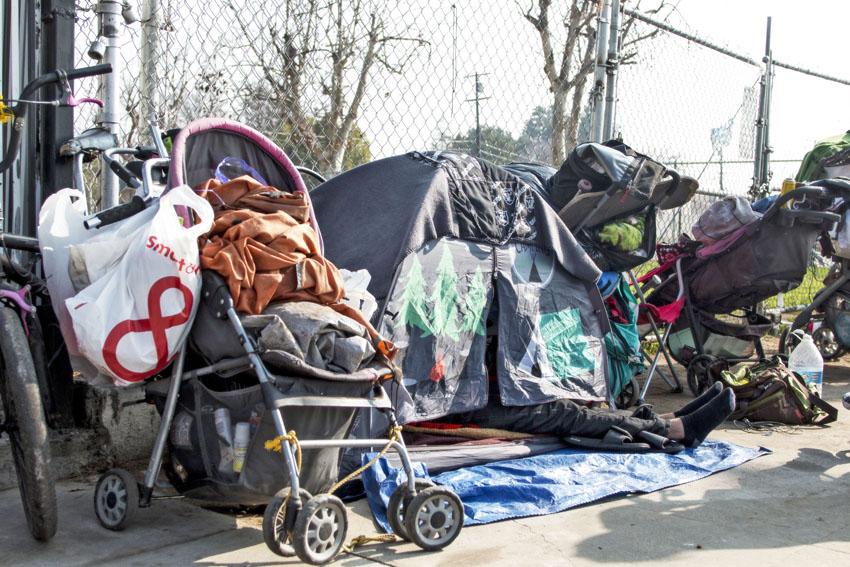

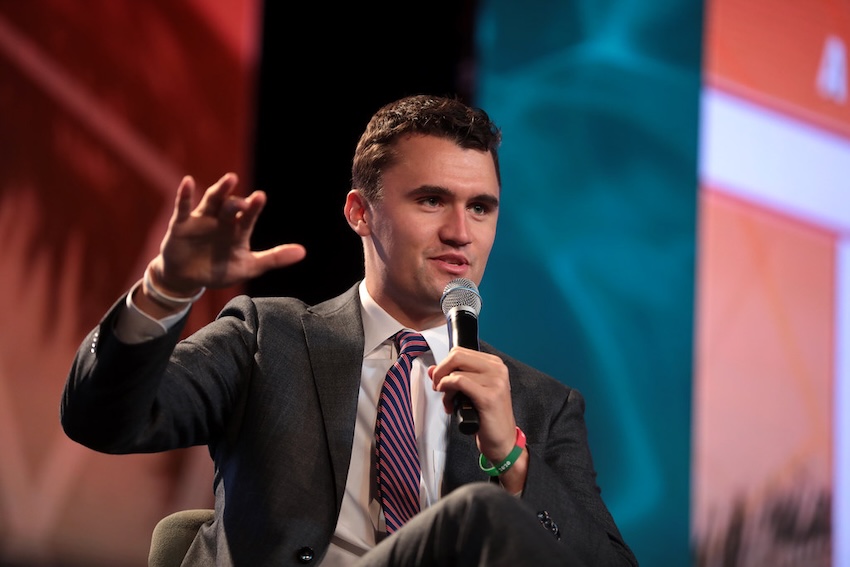

Cohl Obwald • May 3, 2019 at 10:09 am
Amazing job, Kyler. I enjoyed learning new things I didn’t know before about the homeless in our city.
Cam • Apr 29, 2019 at 8:38 pm
Wow amazing article
JAY • Apr 25, 2019 at 9:49 pm
Good job, Kyler! Your article was well researched and very informative on this concerning topic.